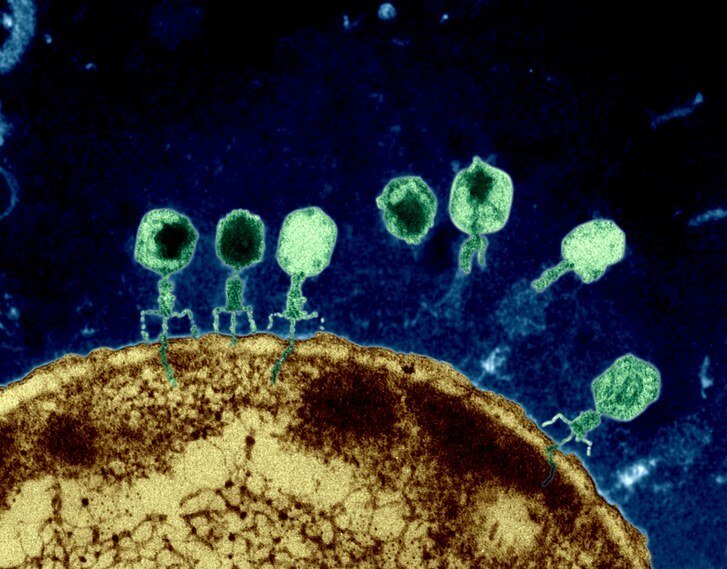In the last few decades, scholars, theoreticians, and political scientists attempted to classify threats and challenges for the world in the twenty-first century. While these challenges ranged from trade wars, failed states, rogue states, non-state actors acquiring nuclear weapons or weapons of mass destruction, to rapidly deteriorating environmental and cybersecurity threats. Researchers and experts in world politics emphasized the threats of an emerging war-fronts due to advancements in Artificial Intelligence (A.I.) and robotics, especially in the era of fifth-generation and hybrid warfare. But nobody thought that microbes could also put a question mark on humankind’s survival in the coming years.
Amid the global scare which has caused since the COVID-19 (Coronavirus as it is generally called) emerged as Pandemic, resulting in lockdowns in 178 countries around the globe, suspension of flight operations, and border closures, the laity can be seen with a dire thirst to understand what the viruses are in reality? Are viruses living things? How the viruses spread? How do they reproduce and multiply? And can we defeat them?
Viruses- Are they Living or Dead?
Viruses are the most magnificent and enigmatic microorganisms found in nature. They are the living embodiment of the “survival of the fittest.” They have been puzzling the scientists since they were first discovered in the 1890s. For over a hundred years, viruses have defined, redefined, and then after a change of mind redefined again. The scientific community had to collectively change its mind repeatedly to define what a virus is? First, they were considered poison. Then they were classified as life-forms and later considered as biological chemicals. Now viruses have been placed by virologists in a grey area between living and non-living.
The word virus has its roots in the Latin term for “the poison.” Because of their varying characteristics and properties, it was challenging to classify them as living or non-living. With every lens applied to study viruses, they varied every time. Initial interest in viruses arose from the scientific understanding that they were associated with specific diseases such as rabies and foot and mouth and that they behaved like bacteria but were much smaller in size. Since the viruses had biological properties―RNA and genes for protein replication which is responsible for infection―they were classified as the simplest of all living things.
In 1935, Wendell M Stanley and his colleagues successfully crystallized the tobacco mosaic virus for the first time. They observed a stack of intricate biochemical which had no essential systems for carrying out metabolic functions. Since they lacked the biochemical activity of life, so the viruses were demoted from living organisms to just as inert chemicals.

Further research again puzzled the scientific community. Viruses had nucleic acids (DNA or RNA), just like all other organisms, but enclosed in a protein coat. But they were still considered a chemistry set rather than an organism because they could not reproduce or replicate. But the troubling part was when a virus entered the body of another organism, called host after the infection. The behavior of the virus instantly changed, and it was no more inactive. The virus would shed away its protein coat and unleash its genes into the host cells. The viral genes would induce the replication machinery of host cells to replicate viral DNA or RNA and manufacture more viral protein. In this way, the viral infection would spread to other cells exponentially and eventually into the whole of the organism.
Viruses were labeled as parasites as they depended on a host organism for all kinds of metabolic and bodily functions, which are the embodiment of life. From acquiring raw material and energy necessary for nucleic acids synthesis to transportation, protein synthesis, processing, and all other biochemical and metabolic activities, viruses are dependent on the host organisms. Even the multiplication and spread of viruses are dependent on the host organism. Thus, viruses can be deemed as the ultimate and perfect parasite.
These varying behaviors of viruses led the scientists to believe that a virus is capable of fluctuating between living and non-living based on their external environments. Thus they were classified as living in a grey area between life and death.
The prominent virologist Marc. H.V. Van Regenmortel of the University of Strasbourg explained the behavior of viruses in a poetic way. He said that viruses live a “kind of borrowed life.”
Interestingly, much data about the microbial world and modern microbiology were attained through the study of viruses. These unique magnificent creatures, who lived on the outskirts of life and had long been considered as mere stacks of complex biochemical, have various useful applications too. Biotechnologists and virologists have extensively used them as carriers or vectors. Due to their capabilities of targeting specific cells, they used as drug delivery carriers in medicine. Being much more straightforward systems compared to bacteria and other organisms, they have also been used extensively for DNA translation, replication, transcription, and protein formation.
Viruses have been using to modify crops genetically to increase their yields and used in various cancer prevention and control methods. Partially dead or weakened viruses have been used in the production of vaccines and have helped us control the pandemics of chickenpox, measles, and polio. Ironically, the vaccine for coronavirus depends on the virus itself. We should not only consider the viruses as deadly and lethal pathogens and consider the blessing which they have provided to us in disguise.
Recent studies have shown that global pollution levels have been reduced all over the world, and the ozone layer is repairing itself rapidly due to lockdowns and reduced human activities. The virus has provided us with an opportunity to self-isolate, stay home, and carry out a global exercise to save not only ourselves but also our planet, our only home.
Read also, Hepatitis virus; an overburdening toll on Pakistan

Muhammad Abdullah Khan has done bachelors in Chemistry from Government College University
Lahore. He is a science enthusiast and loves to read and write about astronomy, cosmology and latest
scientific endeavors.

